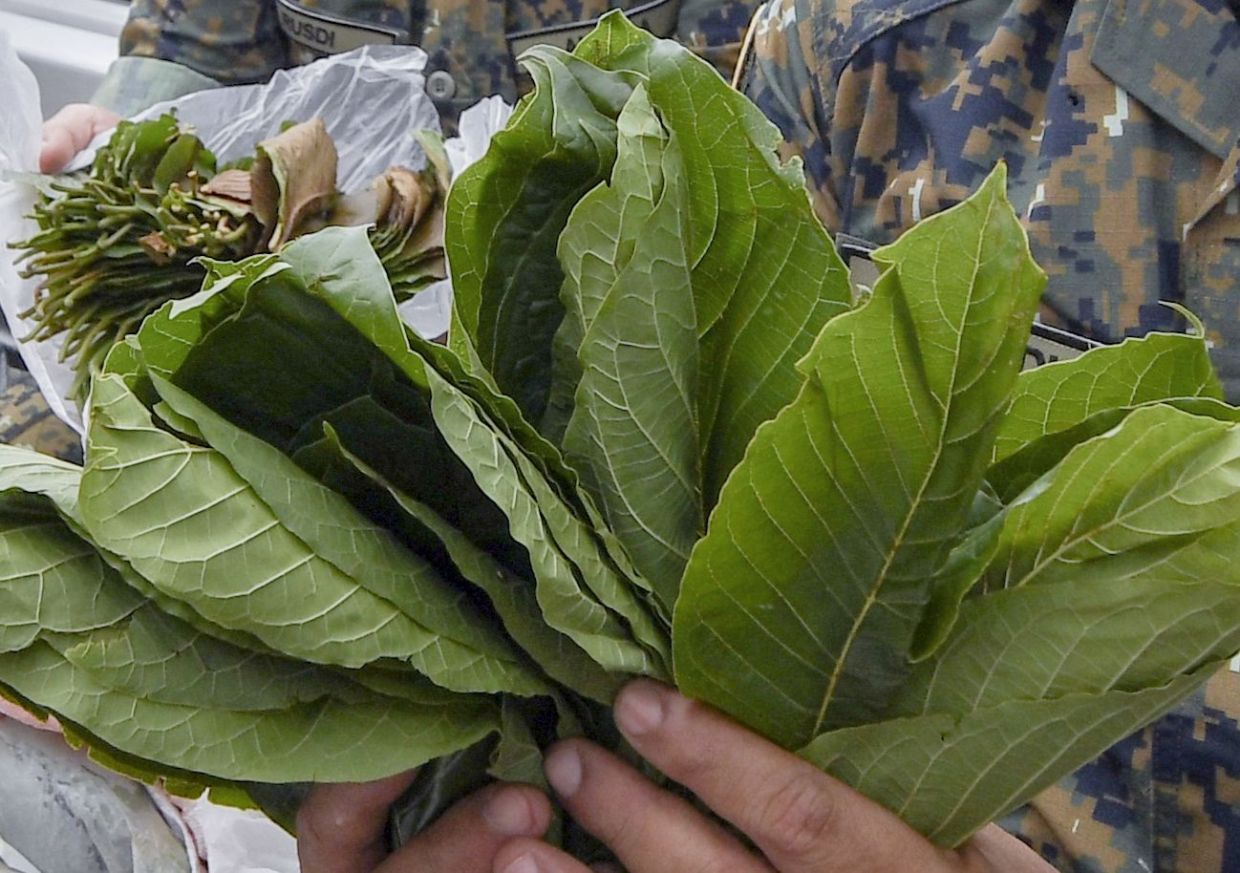
KB01_150518_KETUM
KETUM (scientific name Mitragyna speciosa) leaves have been used for centuries in South-East Asia, including Malaysia, as a panacea for benign ailments such as diarrhoea, cough, fever and pain, and also as an aphrodisiac.
In the 18th century, ketum was also used as an opium substitute (a remedy to suppress opium craving) in the Malay peninsula. Dubbed “candu” by the Malays, ketum was used when there was a shortage of opium.
Subscribe now and receive free sooka plan for 1 month. T&C applies.
































